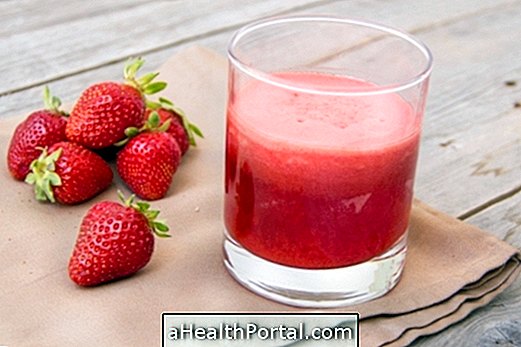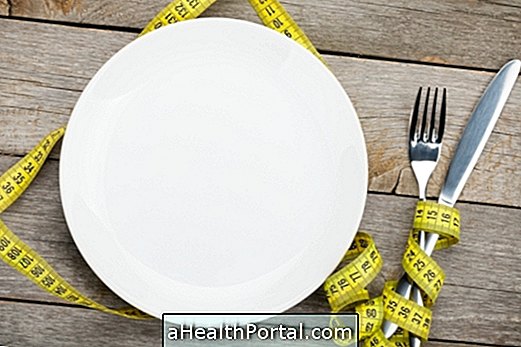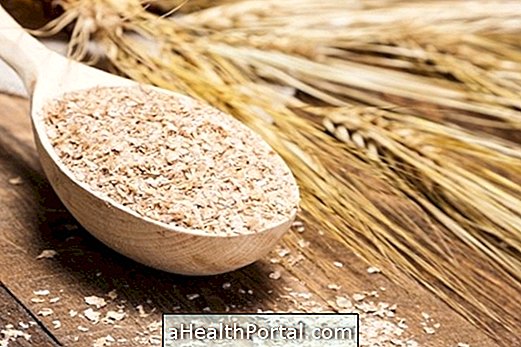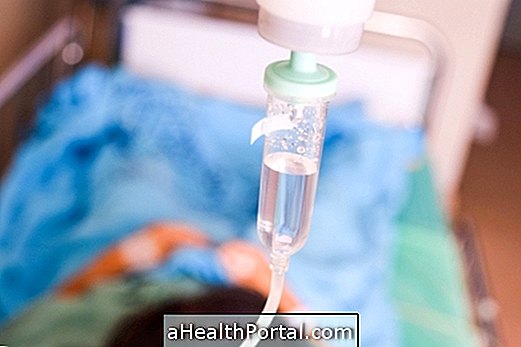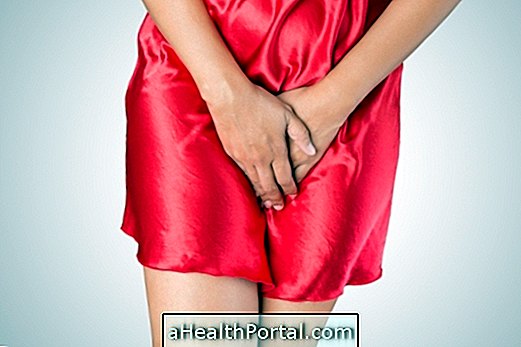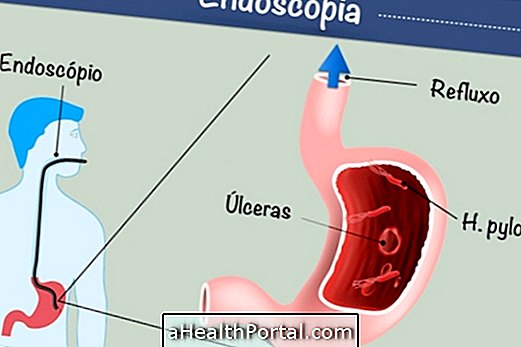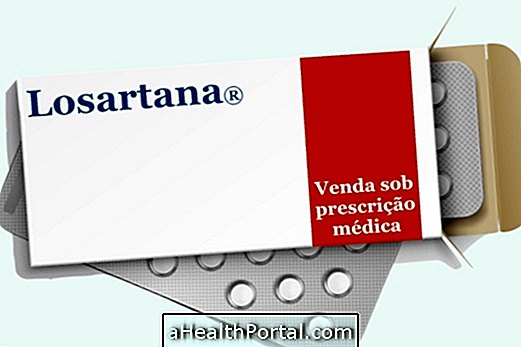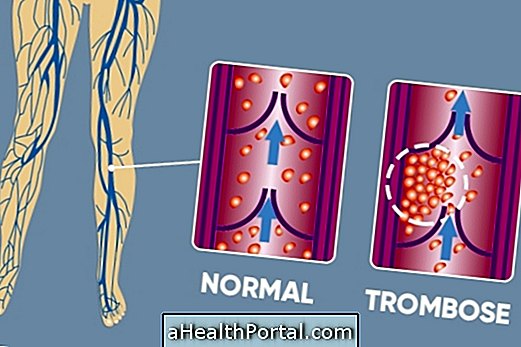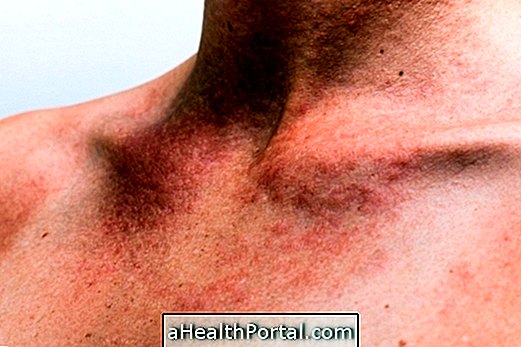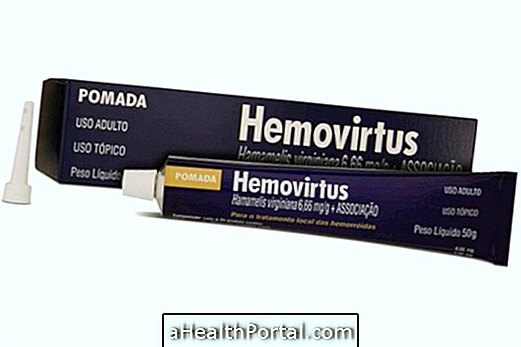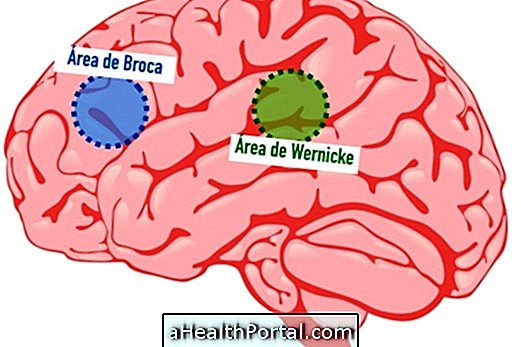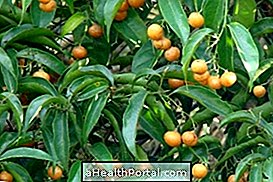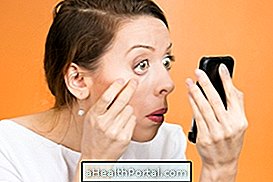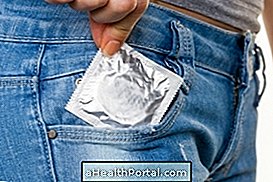In wheat allergy, the body when it comes in contact with wheat triggers an exaggerated immune response as if wheat were an aggressive agent. To confirm the food allergy to wheat, a blood test or skin test is performed.
Wheat allergy generally starts as a baby and has no cure, and wheat should be excluded from food for life. However the immune system is dynamic and over time it can adapt and rebalance, therefore, it is important to follow the doctor allergist.
Wheat Allergy Diet
In the wheat allergy diet it is necessary to eliminate from food all foods that have wheat or wheat flour, but it is not necessary to exclude gluten, so you can use cereals such as oats, rye, barley or buckwheat. Other alternative foods that can be consumed are amaranth, rice, chickpeas, lentils, corn, millet, spelled, quinoa or tapioca.
Foods that should be excluded from food are wheat-based foods such as:
- Cookies,
- Cookies,
- Cakes,
- Cereals,
- Pastas,
- Bread.
It is also important to avoid foods that have ingredients such as: starch, modified food starch, gelatinized starch, modified starch, vegetable starch, vegetable gum or vegetable protein hydrolyzate.
Treatment for wheat allergy
The treatment for wheat allergy is to eliminate all wheat-rich foods from the patient's diet but it may also be necessary to take antihistamines to reduce symptoms if you accidentally ingest a food with wheat.
However, it may still be necessary in severe cases, the application of an injection of adrenaline, so if symptoms arise such as shortness of breath and difficulty breathing, you should go immediately to the emergency room to avoid anaphylactic shock.
Symptoms of Wheat Allergy
The symptoms of wheat allergy can be:
- Asthma,
- Nausea,
- Vomiting,
- Stains and inflammations on the skin.
These symptoms appear in those who are allergic to wheat, usually 2 hours after eating food with wheat and can be very intense if the amount of food consumed is large.



